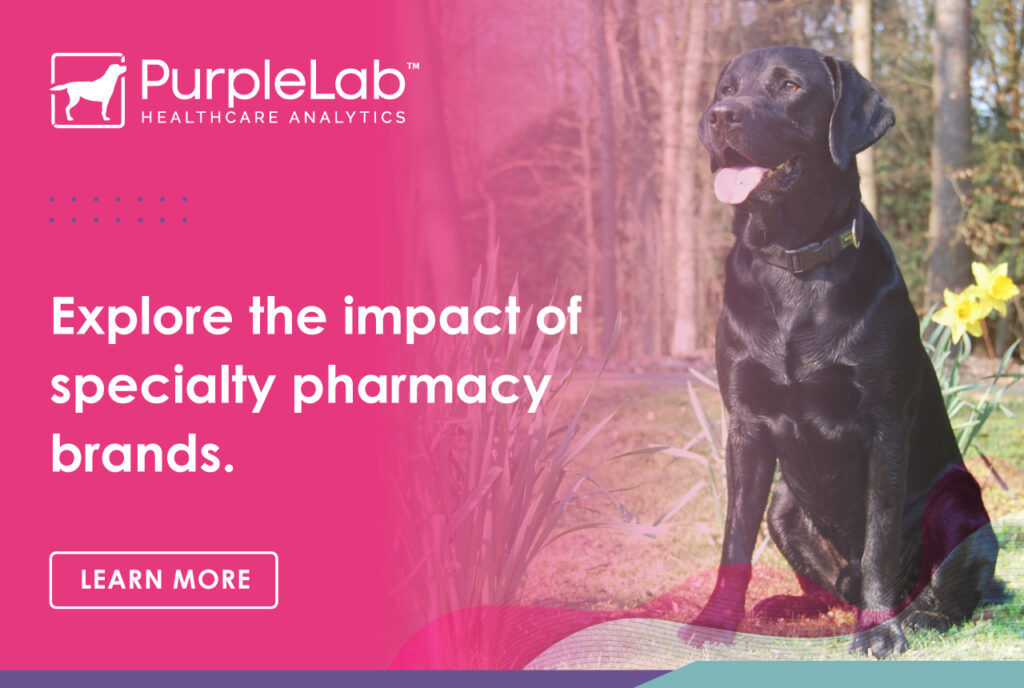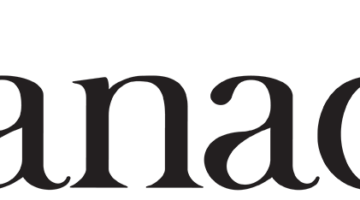
Specialty drugs, a class of prescription medications used to treat complex, chronic or rare medical conditions, tend to be among the most expensive medications on the market. Data from the AARP Research Policy Institute showed that the average annual cost for a specialty drug in 2020 was more than $84,000. By comparison, the median US household income is $65,712. 2020 saw the retail prices of 180 specialty drugs shoot up by 4.8% — while the general inflation rate that year was just 1.3%.
Annual costs for ultra-expensive medications can surpass $100,000. The FDA-approved drug, Altuviiio, a once-weekly factor VIII replacement therapy for hemophilia A, costs about $800,000 per year.
Several factors contribute to the high cost of specialty drugs, such as the requirement of extensive and complex research, development, regulatory, and manufacturing processes. Since specialty drugs are often used to treat complex or rare medical conditions, there may be a relatively small patient population, leading to higher per-patient costs.
Specialty drugs in focus
In 2023, nearly 80% of FDA-approved drugs were specialty drugs,and the Accelerated Approval Program saw a record number of new drugs approved. However, while this program guarantees faster access to promising therapies — which can be a matter of life and death for patients with serious health conditions — it lowers the overall standard of the FDA approval process, and there is a risk that drugs approved via the program may prove unsafe or ineffective in the long run.
Specialty drugs as a whole now account for 56% of drug spend, doubling from 28% in 2011. This growth is projected to continue as new drug approvals and expanded indications are meeting criteria for orphan and specialty treatments.
Commercial insurers have borne the brunt of rising costs, which could lead to soaring premiums in the coming years, especially as an aging population and the increasing prevalence of a number of chronic diseases lead to a greater demand for these medications.
Future market trends will be marked by the expansive roles of Pharmacy Benefit Managers (PBMs), the complexity of specialty drug distribution networks, and the intricacies of payer and PBM billing and benefit design, the increasing complexity of target populations, and challenges to transparency for monitoring and tracking.
Innovative drug launches are bridging the gap between traditional and specialty drug utilization and spending, particularly with the emergence of targeted precision therapies for certain cancers. These often require molecular (biomarker) testing with co-approved companion diagnostics. Accurately monitoring and managing patients on specialty drugs requires identifying both the treatment and the molecular testing performed throughout the patient’s treatment journey.
How PurpleLab unlocks in-depth specialty pharma insights
Increasingly, organizations relying on healthcare data must delve deep into specialty pharmacy data to determine if the right patients are being reached, if patients have access to the appropriate drug therapy, and if stakeholders are ensuring positive therapy outcomes.
PurpleLab’s comprehensive approach to specialty drug data closely aligns with health organizations and industry definitions of specialty drugs. Through rigorous clinical review and meticulous attention to the predominant specialty classes such as autoimmune disease, oncology, neurology, hematology, and rare diseases, PurpleLab ensures that its data accurately reflects the dynamic nature of the specialty drug market.
PurpleLab offers access to specialty drug data from one of the top PBMs, covering approximately 25-35% of the market. This data coverage sets PurpleLab apart in the market.
PurpleLab’s healthcare analytic platform compliments competitor and other vendor data by adding additional patients to the claim environment with pharmacy and medical, open, and closed specialty drug data, as well as specialty drug retail benefit (Rx) claims that are sometimes blocked to competitors. This augments client data sets and expands their reach, helping them identify new patients and providers, and achieving more in-depth insights.
Learn more about PurpleLab’s services and discover how real-world data can solve unmet needs in your healthcare organization, by visiting www.purplelab.com.












